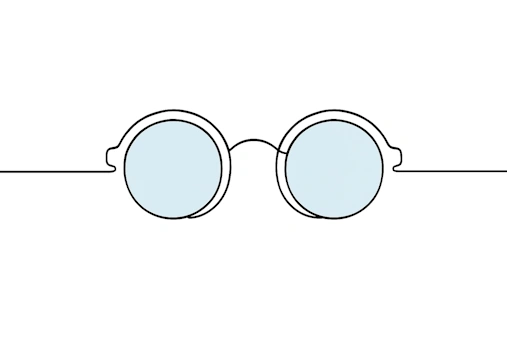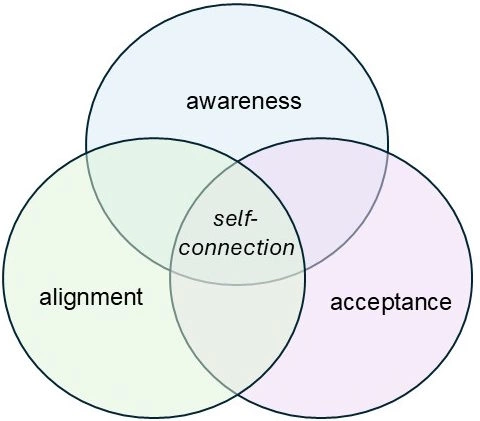self-awareness growth
The Science Behind: Self Awareness Inventories
In psychology, self-awareness is broadly defined as our ability to focus attention on our own inner states, our thoughts, emotions, and motivations. A self-awareness inventory is a day-by-day record of our inner states that, over time, reveals patterns and habits of mind that can provide insights into how we operate in life and how we see ourselves.
We’ve all noticed—in others if not in ourselves—that when someone becomes anxious their mannerisms change, their voice is different, and they act differently than when they are calm. By keeping a self-awareness inventory, it’s possible to identify what triggers our reactions, and through greater understanding we can lessen the power of those triggers and the strength of our reactions. Since nearly one in five U.S. adults lives with a diagnosable mental condition [1], and given that anxiety is highly contagious [2], it is helpful for all of us to be aware of how emotional discomfort affects self-awareness and behavior.

In addition to improving our own self-knowledge, self-awareness inventories are a compelling subject for scientific study, and scientists measure self-knowledge in many ways. Psychologist Alexandra Sutton created the 38-item Self-Awareness Outcomes Questionnaire, which scores four results of knowing oneself:
- Reflective Self-Development is about using self-awareness to grow and evolve. This measures how much a person actively thinks about themselves, learns from their experiences, and uses what they learn to improve themselves.
- Acceptance is the degree to which we are able to embrace all aspects of ourselves, good and bad, without judgment. It's about being comfortable with who you are, flaws and all.
- Workplace Proactivity: This describes how able we are to use self-knowledge to become a better employee.
- Emotional Cost recognizes that understanding yourself better can sometimes be challenging or uncomfortable, and emotional cost refers to the feelings of anxiety, sadness, or self-doubt that sometimes come with increased self-awareness [3].
A newer framework adds shape. It defines self-connection as three overlapping pieces:
- Awareness of inner experience
- Acceptance of what is found
- Alignment of behavior with that knowledge.

The narrative is clear: a self-awareness inventory is more than a diary. By recording observations over time, our private thoughts become structured information. That structure lets science test claims, lets medicine monitor change, and lets us become more familiar with, and accepting of, ourselves. In the end, the simple act of writing “I felt hopeful today.” helps convert experience into knowledge—and knowledge, as the research keeps showing, is the first step toward healthier minds and stronger connections[5].
Footnotes
- Brown University Health Blog Team. (2024, April 26). The importance of Mental Health Awareness Month. Brown University Health Blog. https://www.brownhealth.org/be-well/importance-mental-health-awareness-month/
- Shaw, P. V., Wilson, G. A., & Antony, M. M. (2020). Examination of emotional contagion and social anxiety using novel video stimuli. Journal of Anxiety Disorders, 72, Article 102229. https://pubmed.ncbi.nlm.nih.gov/33124470/
- Sutton, A. (2016). Measuring the effects of self-awareness: Construction of the Self-Awareness Outcomes Questionnaire. Europe’s Journal of Psychology, 12(4), 645–658. https://doi.org/10.5964/ejop.v12i4.1234
- Klussman, K., Thøgersen-Ntoumani, C., Ntoumanis, N., & Goodwin, H. (2022). The importance of awareness, acceptance, and alignment with the self: A framework for understanding self-connection. Frontiers in Psychology, 13, 792540. https://doi.org/10.3389/fpsyg.2022.792540
- Life Tools Programme, University of Reading. (2024, November 21). Benefits of self-awareness: Increase emotional intelligence and wellbeing. University of Reading. https://blogs.reading.ac.uk/life-tools-programme/benefits-of-self-awareness-increase-emotional-intelligence-and-wellbeing/